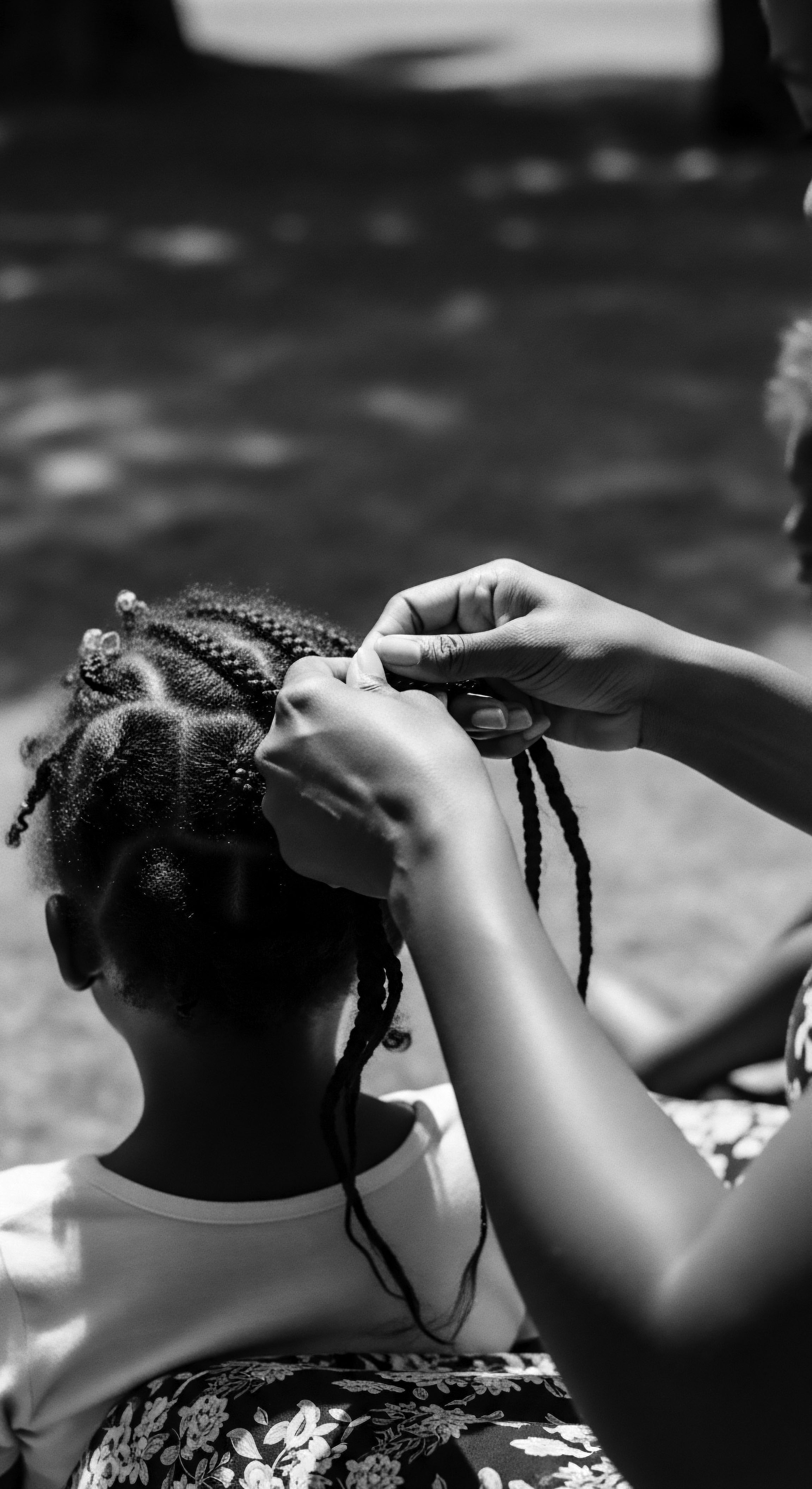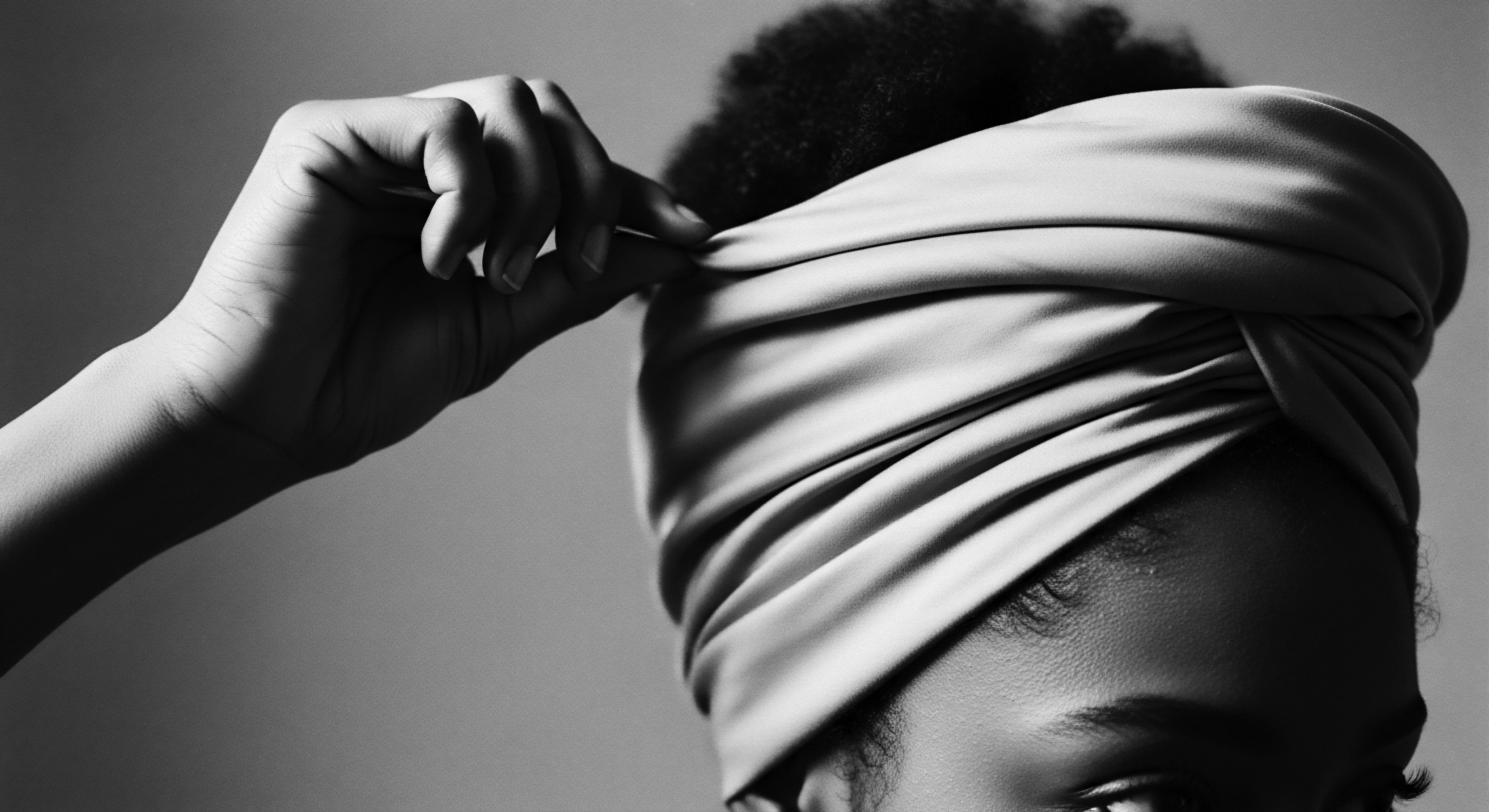
How do smooth surfaces guard textured hair?
Smooth surfaces reduce friction on textured hair, preserving cuticle integrity and moisture, a protective practice rooted deeply in Black hair heritage.
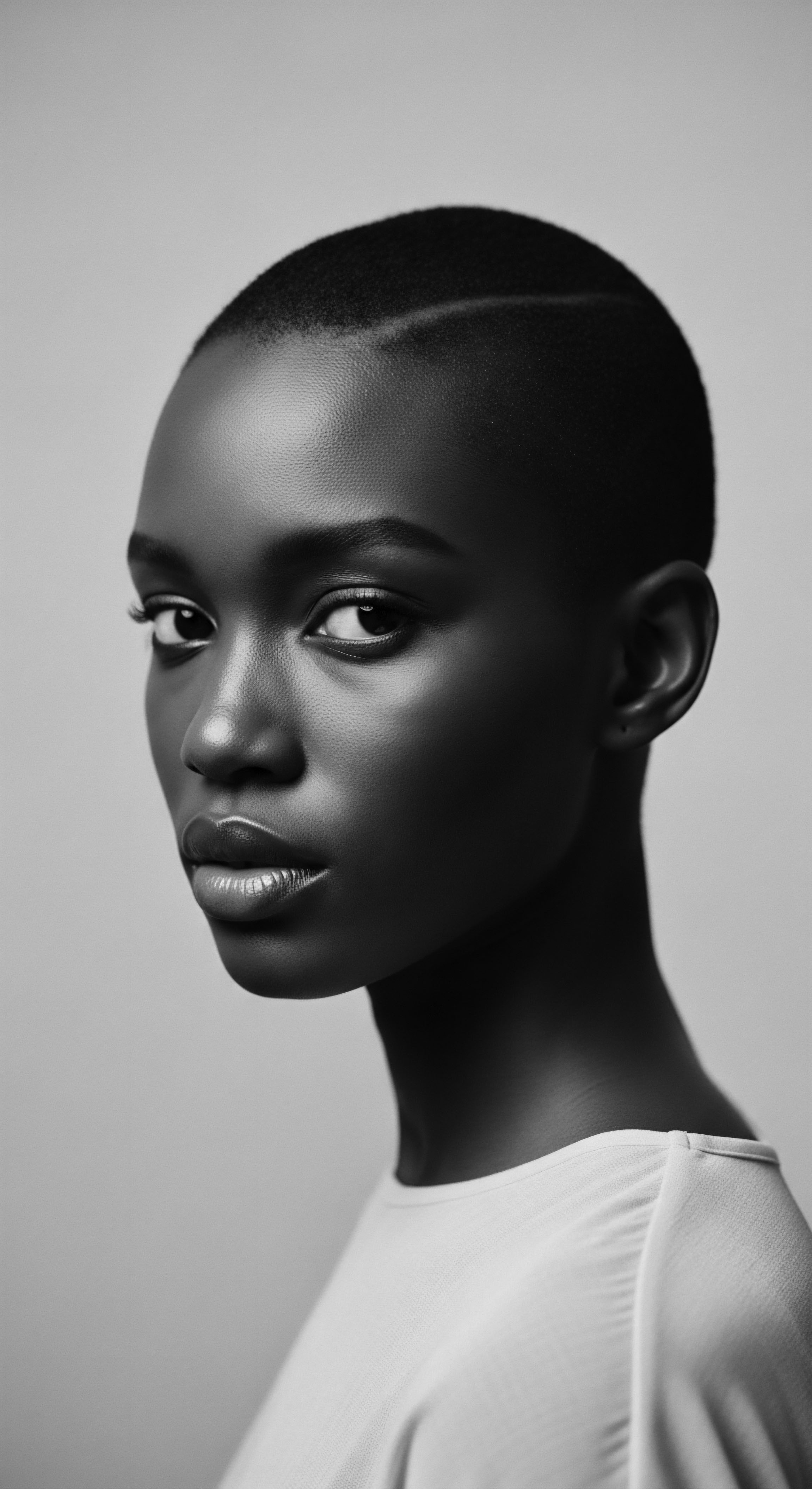
Why does textured hair need specific fabric protection?
Textured hair requires smooth fabric protection to reduce friction and preserve its ancestral moisture and structural integrity.

Which fabrics provide the best protection for textured hair at night?
Silk and satin stand as primary protectors for textured hair at night, honoring a heritage of meticulous care by minimizing friction and preserving vital moisture.
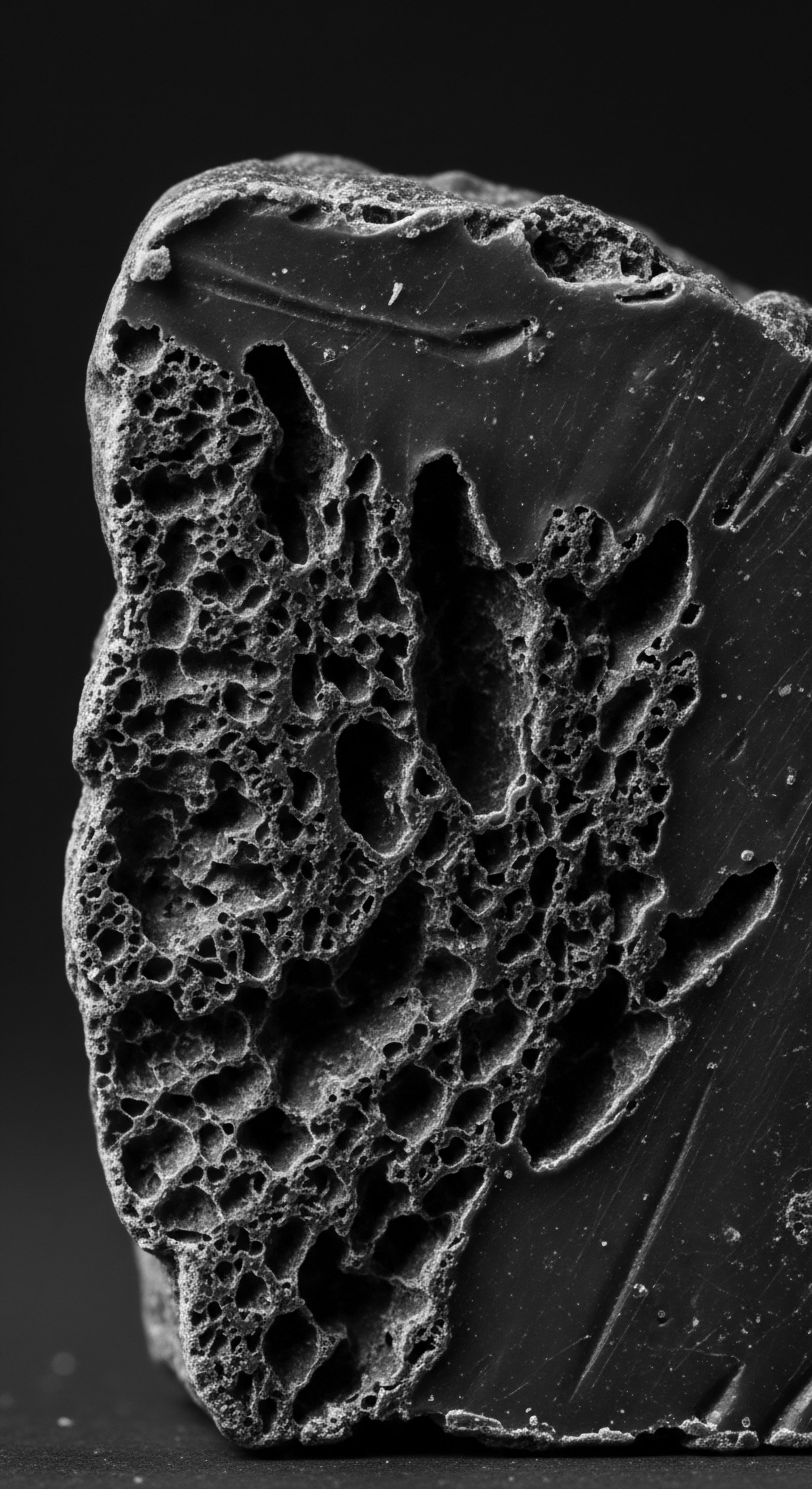
How does sleep surface material impact textured hair hydration historically?
Sleep surface material directly affects textured hair hydration by managing friction and moisture absorption, a truth understood through centuries of ancestral care.
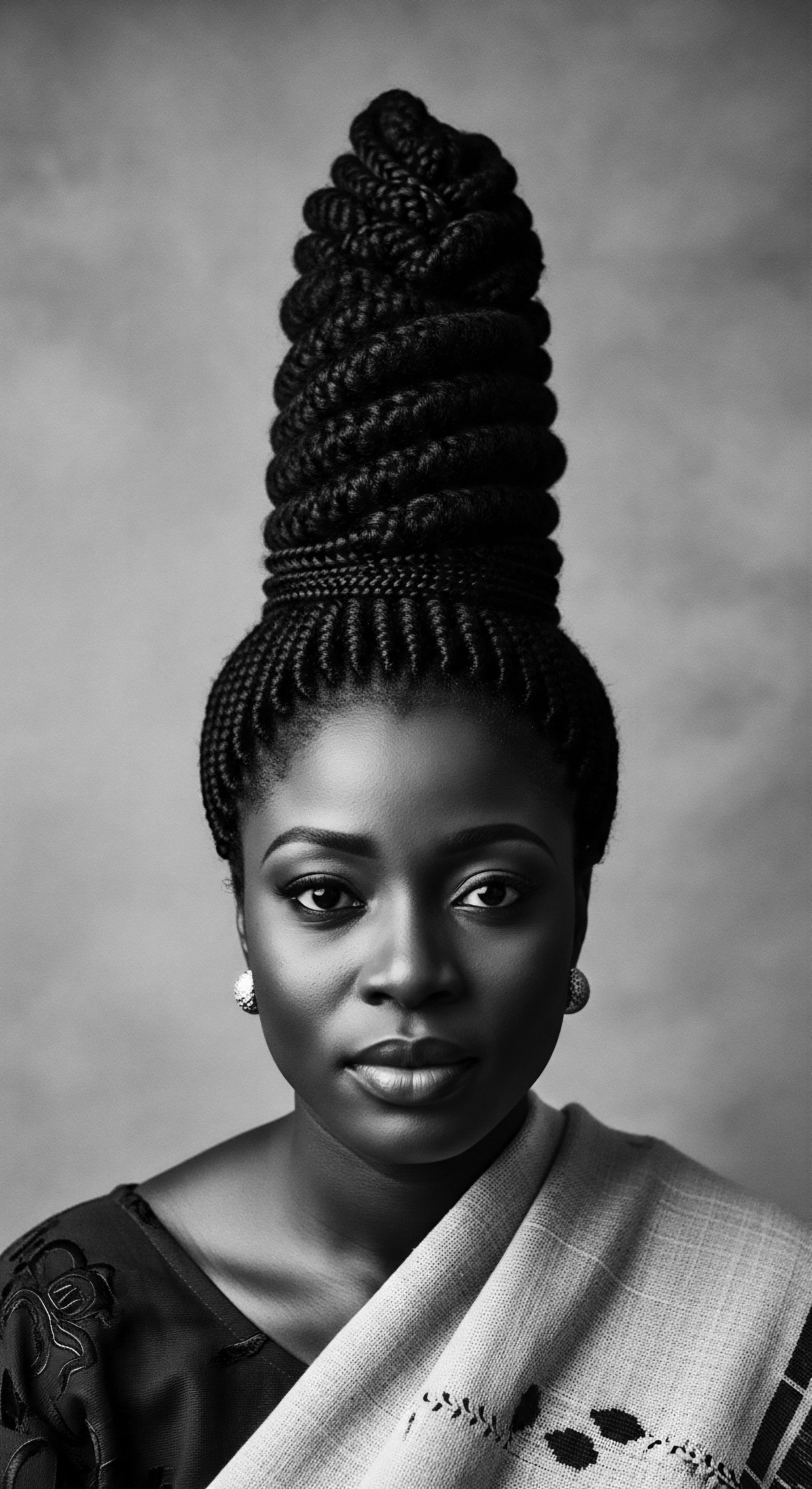
Which fibers were most beneficial for textured hair at night?
Smooth fibers like silk and satin preserve moisture and reduce friction for textured hair, honoring a heritage of protecting coils.
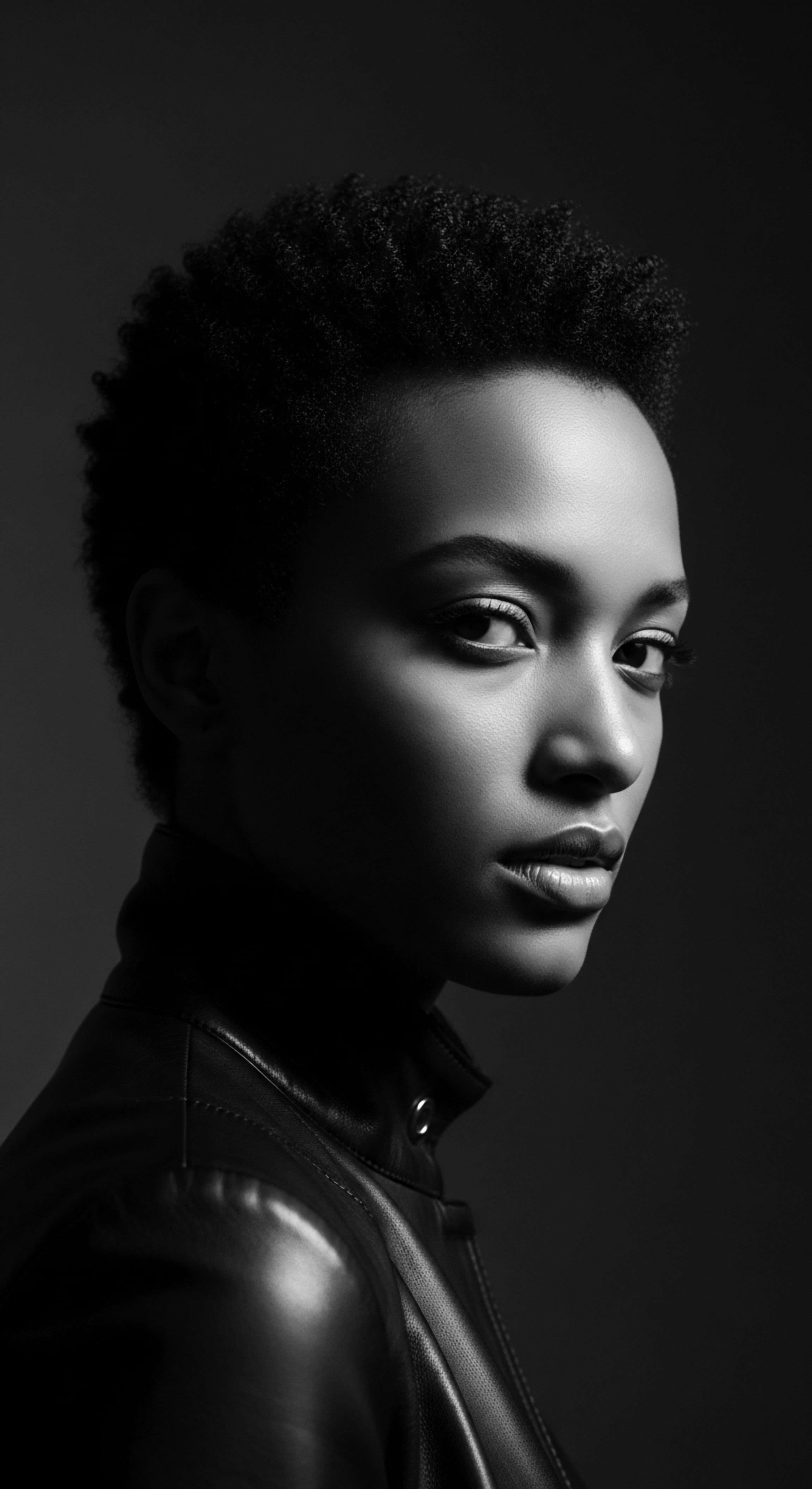
What materials offer the most protection for textured hair?
Smooth materials like silk and satin minimize friction and moisture loss, preserving textured hair, echoing ancient wisdom.

How does modern hair science validate the efficacy of traditional nighttime hair protection?
Modern hair science validates traditional nighttime hair protection by confirming reduced friction and enhanced moisture retention on textured strands.

How do silk and satin connect to Black hair heritage?
Silk and satin protect textured Black hair by reducing friction and retaining moisture, a practice rooted in ancestral heritage.
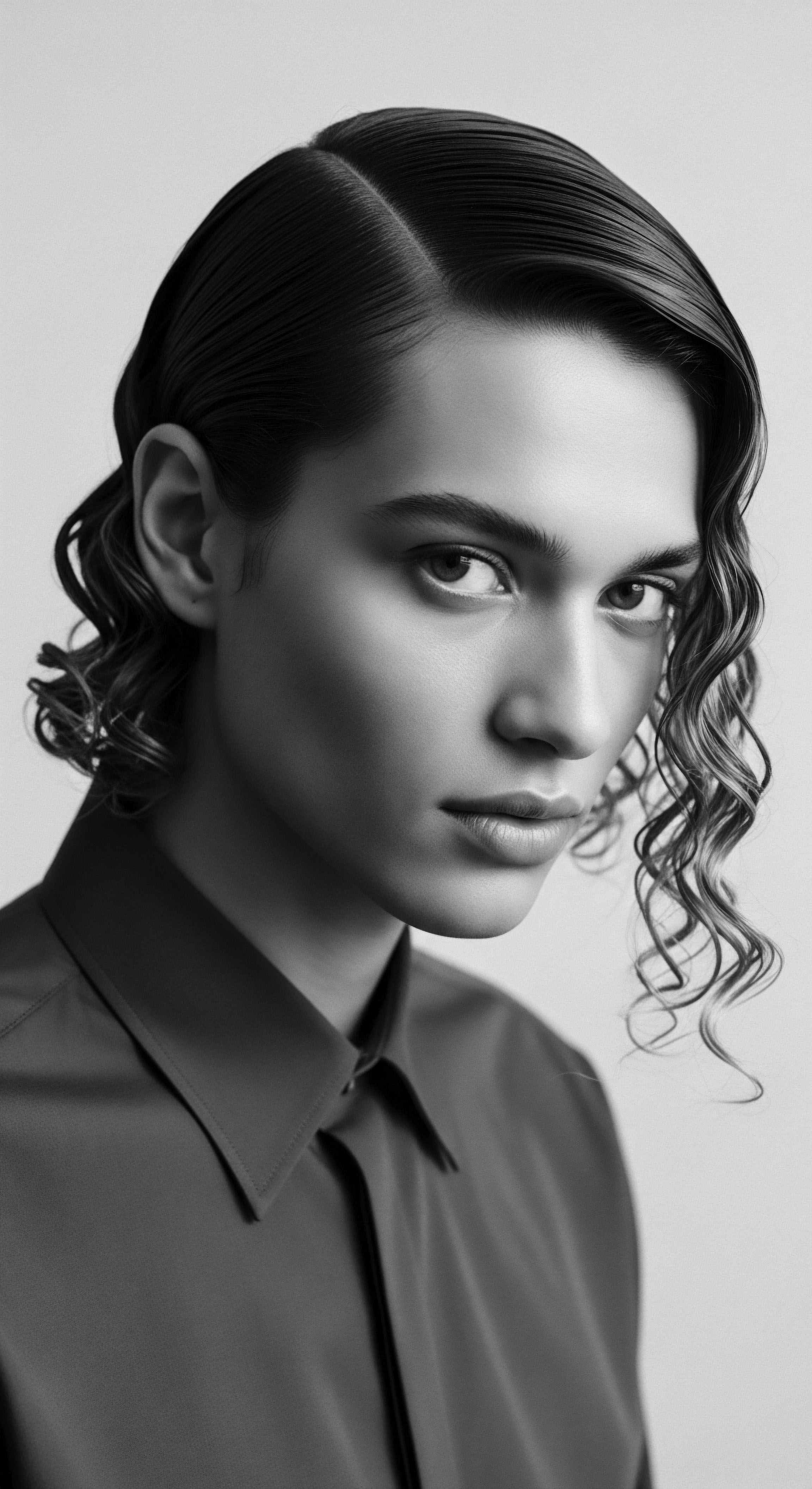
Which fabrics are best for textured hair protection at night?
Silk and satin fabrics offer the best protection for textured hair at night, continuing a heritage of preserving moisture and minimizing friction.
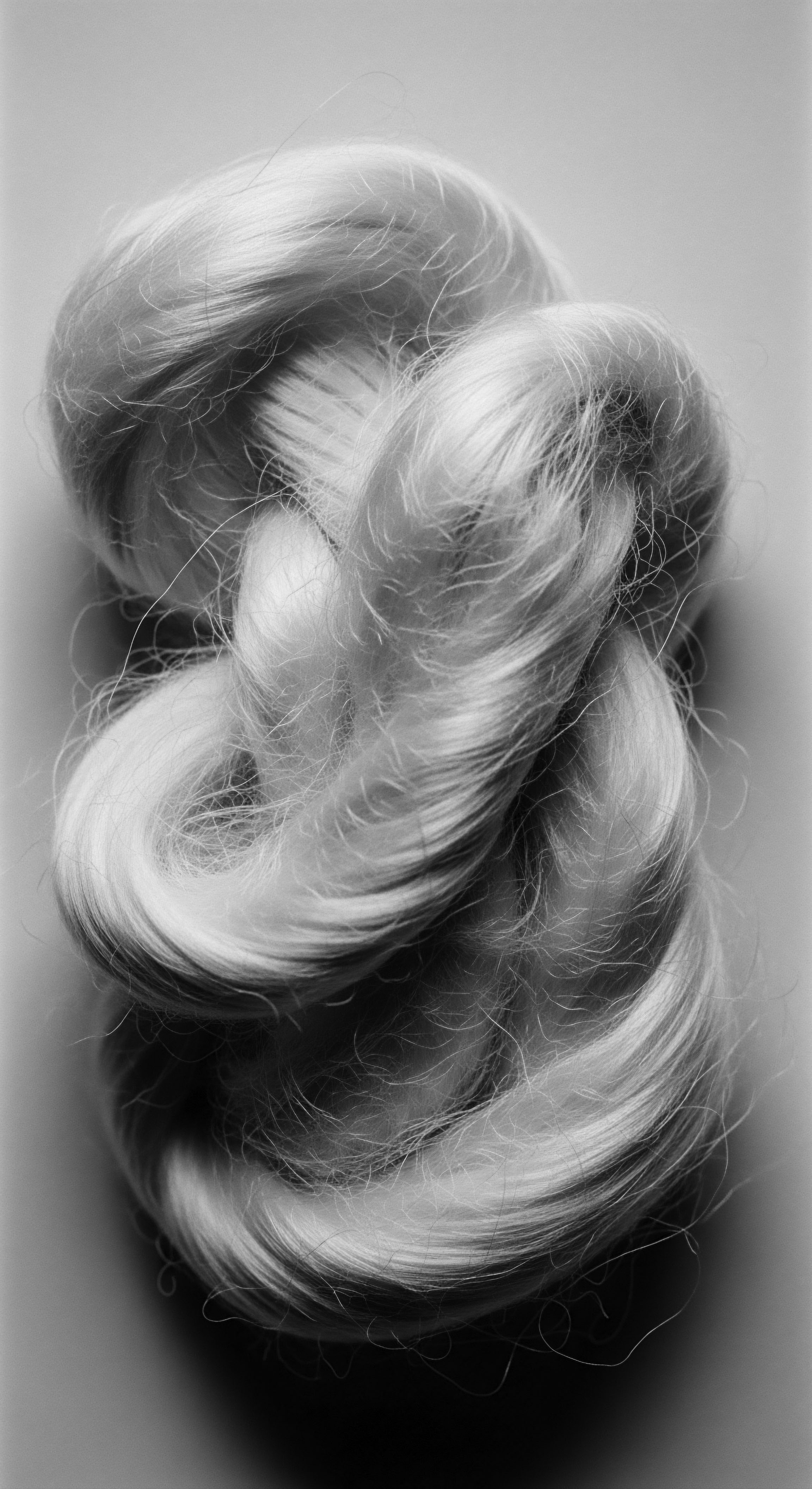
What materials are best for preserving textured hair overnight?
Silk and satin are best for preserving textured hair overnight, continuing an ancestral heritage of protecting delicate strands from friction and moisture loss.
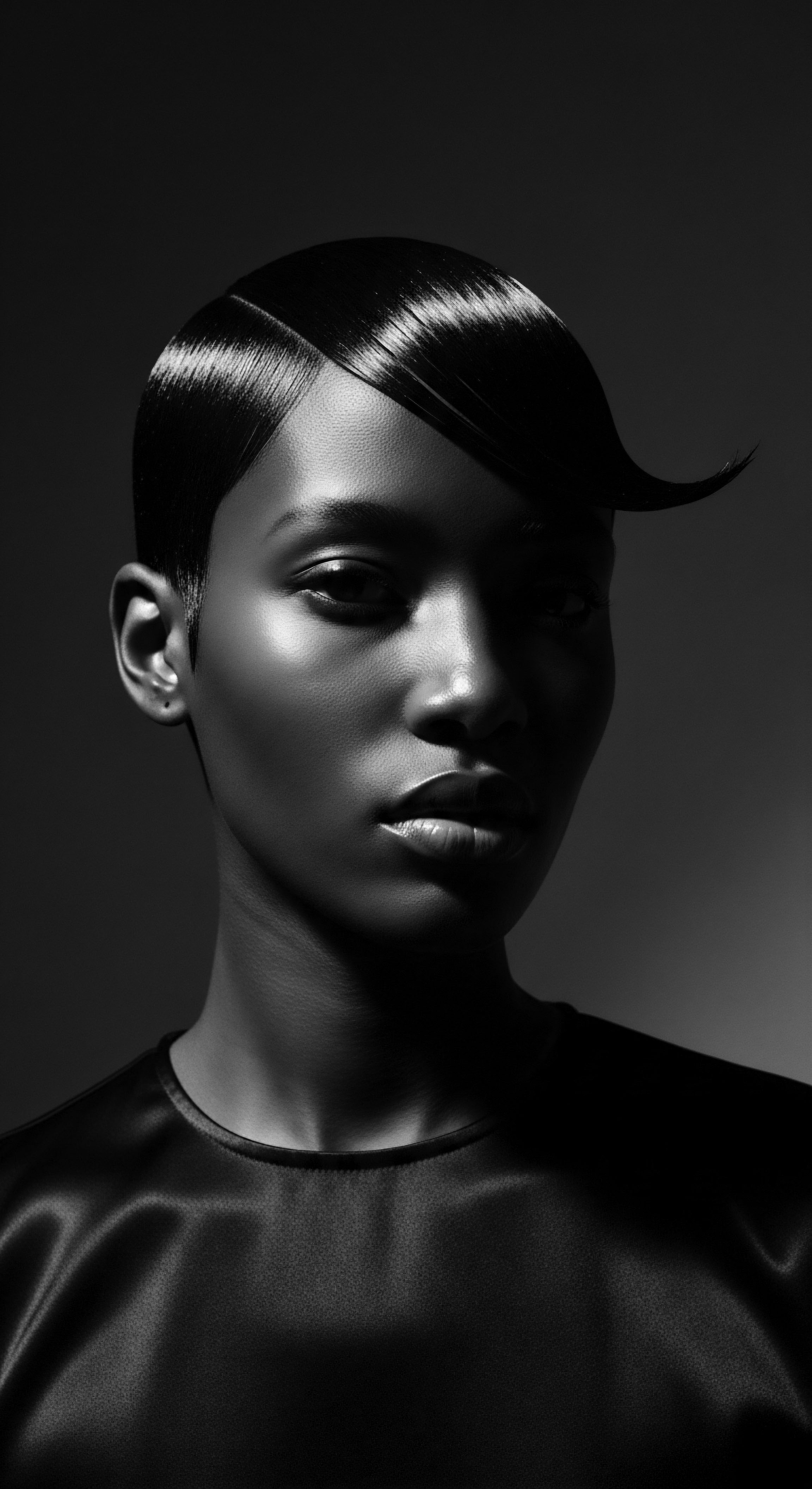
What materials best protect textured hair during sleep?
Silk and satin fabrics, mirroring ancestral wisdom, best protect textured hair during sleep by reducing friction and retaining moisture.

Satin Pillowcases
Meaning ❉ A Satin Pillowcases is a smooth, low-friction textile surface that preserves textured hair's moisture and structural integrity, reflecting a deep heritage of care.

What materials are best for textured hair protection at night?
Protecting textured hair at night with silk or satin honors a heritage of care, preserving moisture and preventing damage rooted in ancestral wisdom and modern science.

